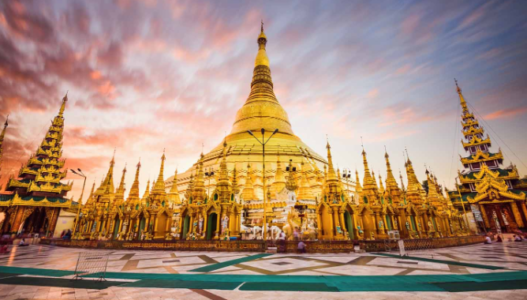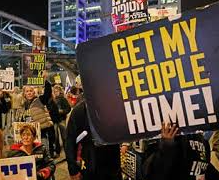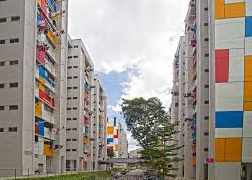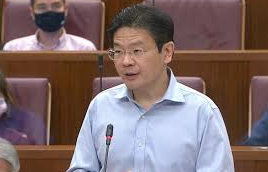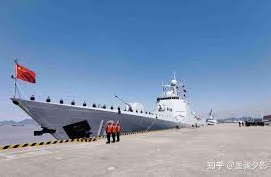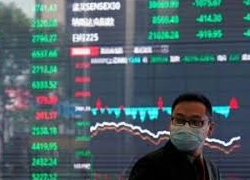A fractured nation fights for survival amid conflict, resistance, and international scrutiny.
Three years have passed since Myanmar’s military ousted its democratically elected government in a coup. Today, the junta struggles to maintain control, facing resistance at home and condemnation abroad.
The State of Myanmar
Myanmar remains in a dire state of crisis. Approximately two-thirds of the country is embroiled in conflict, according to the United Nations, with 2.6 million people displaced and 18.6 million in urgent need of humanitarian aid. Many lack access to basic necessities like safe shelter, food, and clean water.
The death toll is challenging to verify. The UN reports at least 4,400 civilian deaths, though human rights groups believe the actual figure is significantly higher due to unreported casualties.
Humanitarian efforts are hampered by the military government, which has imposed strict restrictions on aid delivery. International observers are calling for junta leaders to be held accountable for atrocities, including indiscriminate attacks, airstrikes, and mass killings.
John Quinley of Fortify Rights emphasized the need for justice, saying:
“Those in command must answer for war crimes and crimes against humanity. If impunity persists, these atrocities will continue. Accountability for past crimes, such as the Rohingya genocide, might have prevented this coup.”
Challenges for the Junta
The military government, known as the Tatmadaw, is under increasing pressure as armed ethnic groups and resistance forces gain ground. Former Australian ambassador to Myanmar Christopher Lamb suggests the junta’s grip on power is slipping:
“The regime is losing control. Discontent within its ranks and its inability to hold territories point to a crumbling administration.”
General Min Aung Hlaing’s leadership has been widely criticized for its lack of vision compared to past military leaders. Observers note that his self-serving agenda has alienated both the people and segments of the military itself.
A recent shift in the junta’s stance on ASEAN participation could signal its waning influence. By sending a non-political representative to an ASEAN foreign ministers’ meeting, the military appeared to acknowledge its diminishing legitimacy within the region.
Lamb noted:
“This is the first time the junta has accepted such terms for ASEAN meetings. It may indicate the military’s recognition that their time is running out. However, the question remains: How many more lives will be lost before change comes?”
The Civil Resistance
Despite violent crackdowns, Myanmar’s civil resistance continues. Across the nation, people remain determined to end military rule and restore democracy.
Dustin Barter, a senior research fellow at global affairs think tank ODI, observed significant progress in the resistance movement:
“Recent months have seen notable gains for the revolution, fueling optimism that the military can be overthrown.”
The absence of Aung San Suu Kyi, who is detained by the junta, has allowed new leadership to emerge within the resistance. Ethnic minority groups and young activists have taken on prominent roles, pushing for a federal democratic system that ensures greater autonomy for ethnic regions.
Barter added:
“This is no longer just about reinstating democracy. It’s about creating a federal system that recognizes the contributions and rights of ethnic groups critical to Myanmar’s future.”
A Nation at a Crossroads
As Myanmar navigates its third year under military rule, the country faces a pivotal moment. While the junta’s authority weakens, the cost of resistance remains high. The struggle for democracy is not just about reclaiming political control but also about envisioning a more inclusive and equitable future for all its people.
